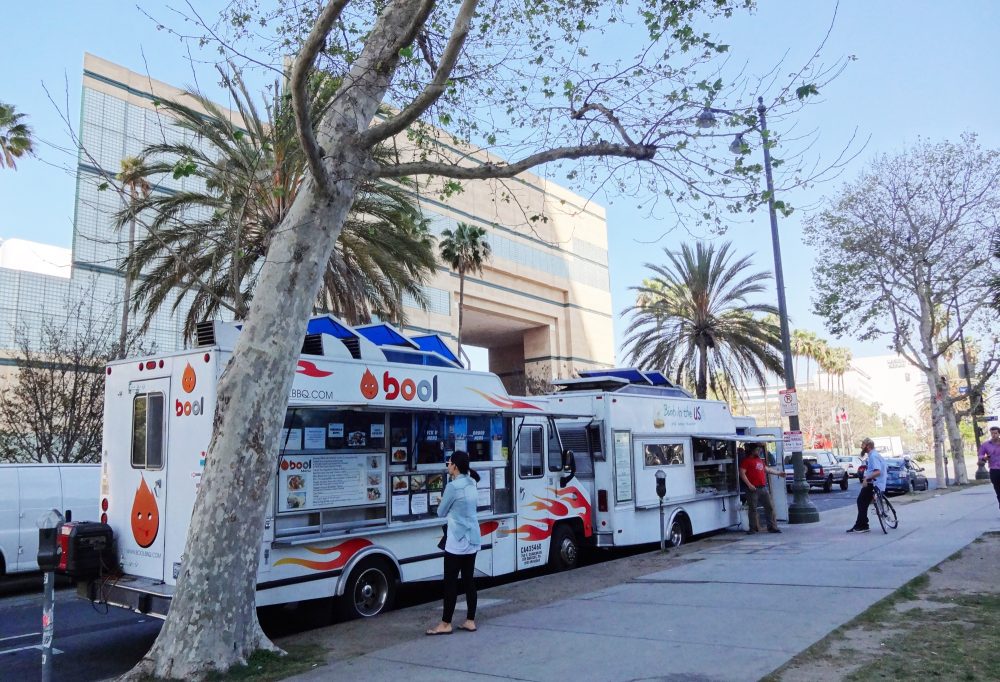Ginette Wessel

Architecture Professor at Roger Williams University, Bristol, RI
Education:
Master of Architecture, UNC Charlotte (2008)
“My graduate educational experiences at the SoA shaped my career in academia affording me opportunities to purse research and teaching in the fields of design and urban planning,” Ginette says. “The SoA courses, professors, and community were influential in expanding my academic interests that address contemporary issues of urban development with an emphasis on social equity and communication technology. As a research assistant for the Digital Design Center from 2006 to 2008, I collaborated with faculty and doctoral students in the design and computational fields. With the generous support of the SoA, we shared the work at venues in Southeast Asia, Europe, and across the US. The research questions that we began at the SoA continue to frame my research inquiry. I also continue to collaborate with faculty and students on research projects and publications. Our co-authored book, Social Media and the Contemporary City, brings together many of these pursuits. Since graduating from the SoA, I completed a Ph.D. in Architecture from the University of California, Berkeley and I am an Assistant Professor of Architecture at Roger Williams University.”
Work Samples
Social Media and the Contemporary City
Date Completed: 11/01/2021 | Credit: Eric Sauda, Ginette Wessel, and Alireza Karduni. Social Media and the Contemporary City, New York: Routledge, 2021.

The widespread adoption of smartphones has led to an explosion of mobile social media data, more than a billion messages per day that continuously track location, content, and time. Social Media in the Contemporary City focuses on the effects of social media on local communities and urban space in a variety of political and economic settings related to social activism, informal economic activity, public art, and global extremism. The book covers events ranging from Banksy art installations, mobile food trucks, and underground restaurants, to a Black Lives Matter protest, the Christchurch mosque shootings, and the Pulse nightclub shooting. The interplay between urban space, local community, and social media in each case study requires diverse methodologies that are both computational (i.e. machine learning, social network analysis, and natural language processing) and ethnographic (i.e. semi-structured interviews, thematic analysis, and site analysis). The book views social media not as a replacement for the local community or urban space but rather as a translation of the uses and meanings of all three realms.
Relaxing Regulatory Controls: Vendor Advocacy and Rights in Mobile Food Vending
Date Completed: 11/01/2017 | Credit: Ginette Wessel. “Relaxing Regulatory Controls: Vendor Advocacy and Rights in Mobile Food Vending,” In J. Agyman, C. Matthews, & H. Sobel (Eds.), From Loncheras to Lobster Love: Food Trucks, Cultural Identity, and Social Justice, (pp. 23-45). Cambridge: MIT Press, 2017.

Beginning in 2008, city policymakers across the nation became increasingly involved in regulatory debates and policy revisions surrounding mobile food vending. Despite vendors’ abilities to reactivate neglected urban areas and increase food access for underserved neighborhoods, many issues related to unfair competition, public health and safety, and prejudices continue to dominate regulatory frameworks that limit vendors’ entrepreneurial freedoms and spatial opportunities. Using three regulatory conflicts between food vendors and policymakers, this chapter highlights the motivating factors that can guide regulatory decision-making and the ways vendors destabilize and shape formal mechanisms of regulatory control. Topics include public health, restaurant protectionism, and cultural injustice at both state and city levels. This research suggests that despite rigid regulatory policies and the variety of economic, social, and political factors that influence governments’ responses to mobile food vending, active municipal investment in the public realm combined with vendors’ grassroots efforts can generate just policies. The chapter concludes with a discussion on the significance of vendor advocacy and the supportive roles of food vending organizations across the United States to illustrate the ways vendors increase social justice in cities.